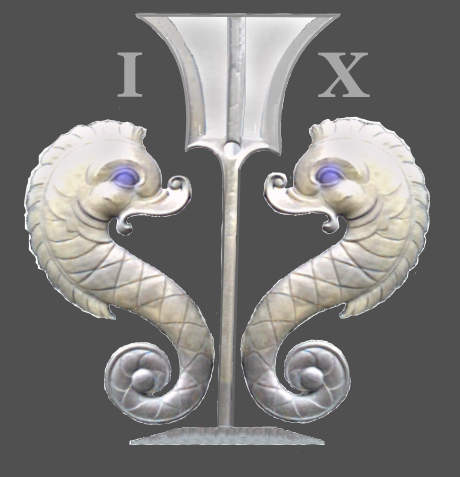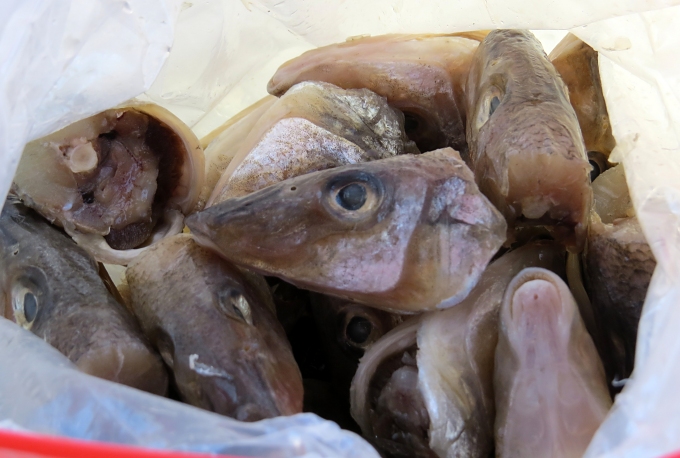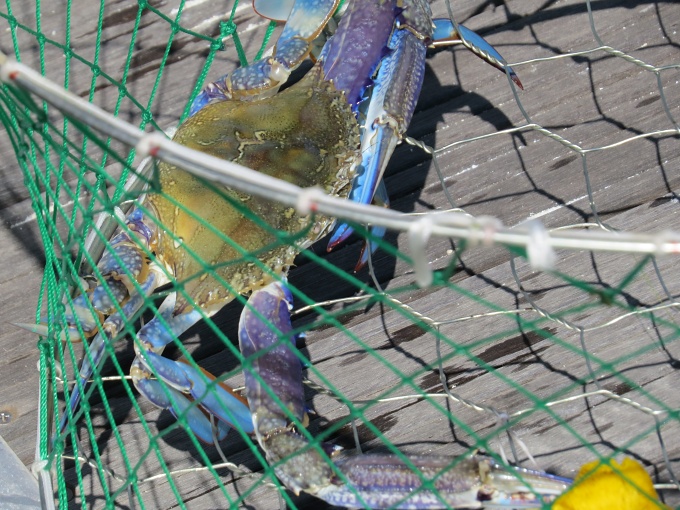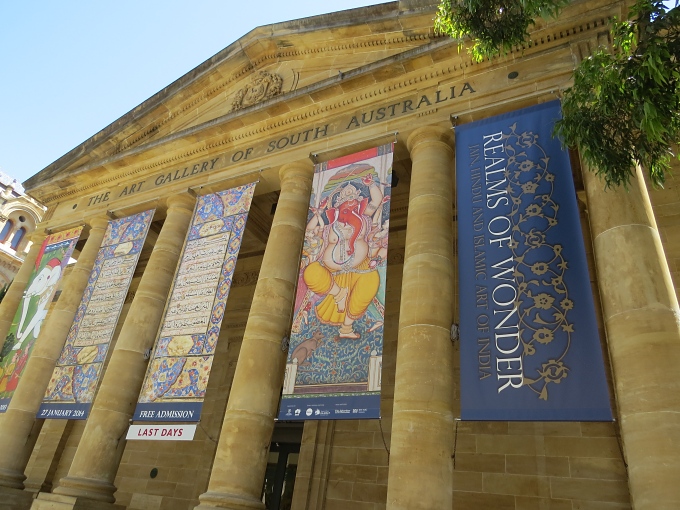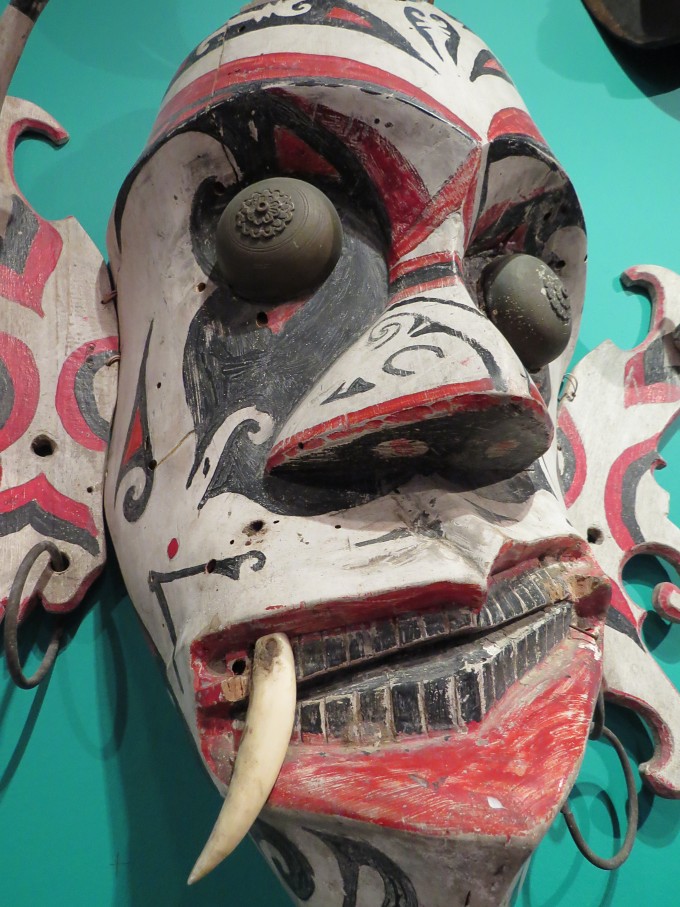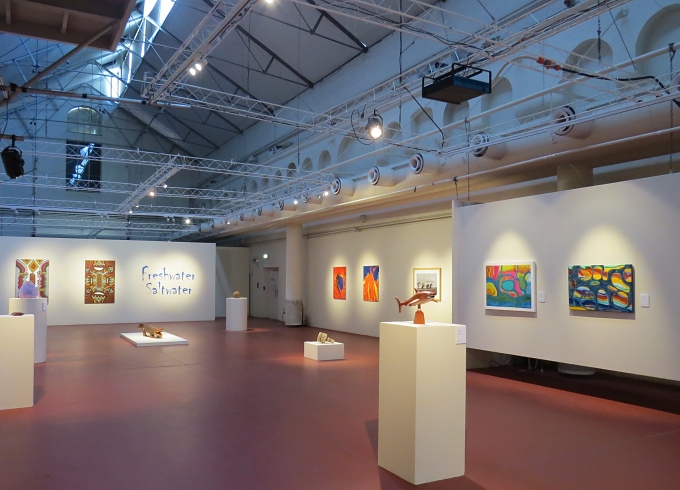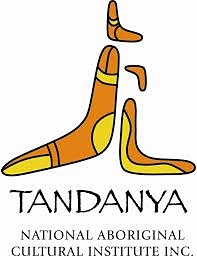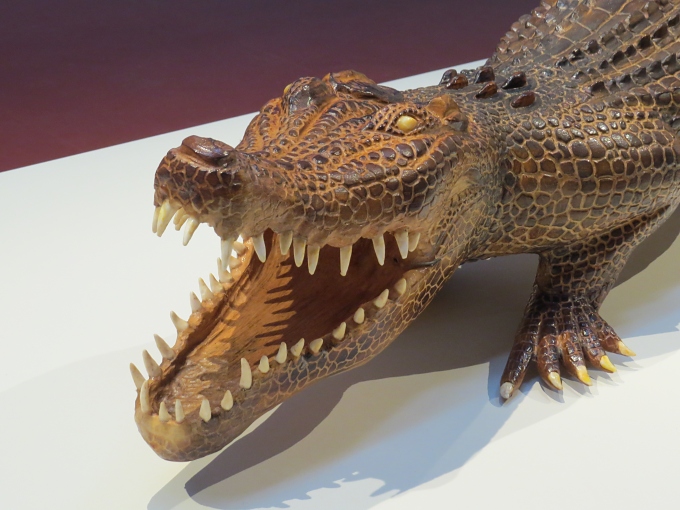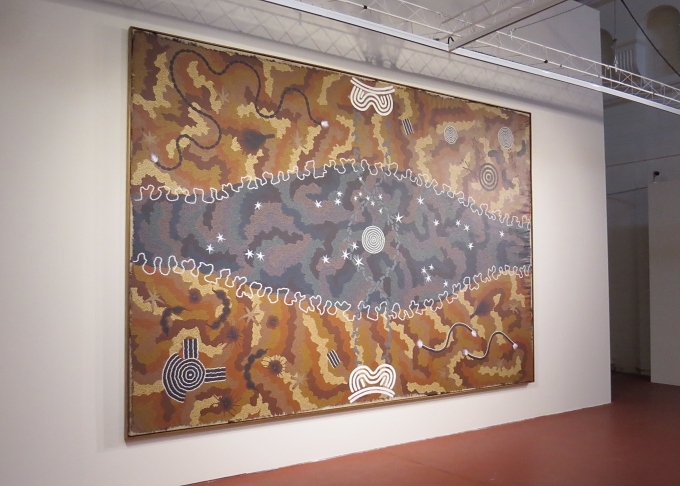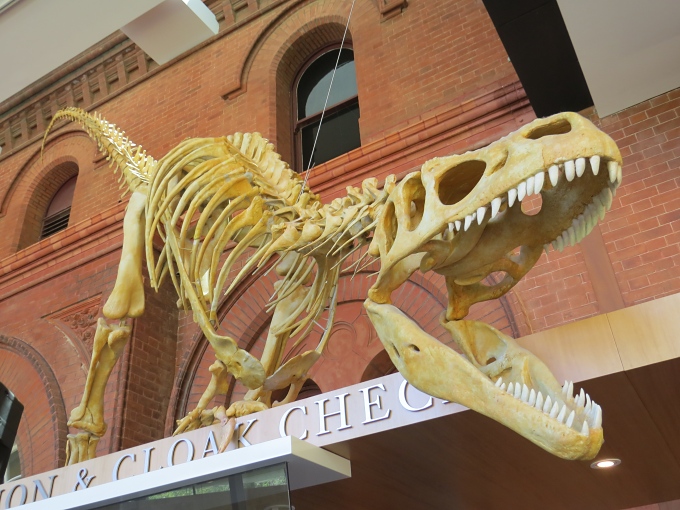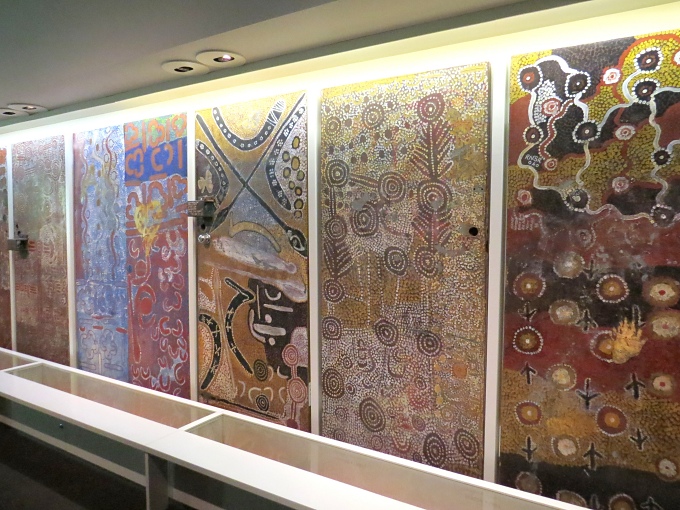We've Got Crabs
/I mentioned on FB the other day that David came home with a crab net. We had dinner with some folks who mentioned how good local blue swimmers were. “Hmm … what's a blue swimmer?” and we learned that they were the local blue crabs, so of course, our interest was piqued. Hence, the new crab net.
I checked on line with the South Australia fisheries to see if we needed a license and we didn't. We asked Kim, a local whose boat is across the dock from us, more about catching blue crabs locally. “Where's a good spot?”, we queried, hoping he might share a tidbit. “Off the end of your boat, I reckon”, he responded. Really? Here in the marina? Evidently yes! Wow … how easy is that?
So after coming home with a crab net one day, David returned from the local chandlery the next day with a bag of frozen fish heads. We weren't really ready to start crabbing yet actually, but when the compressor on the fridge went and those fish heads started thawing, it provided some incentive to begin the crabbing experience immediately.
David stuck some fish heads in a net bag, tied it to the crab net and we lowered it off the end of the dock next to the boat. Sure enough … a blue crab (and they definitely are blue) came a'calling within an hour or so. Then another ... and I got a kettle of water boiling. I looked up cooking instructions on line … not much different than cooking lobster. I sincerely apologized to them when I put them in the pot. They turned immediately from blue to red. We researched how to clean them … no mallets involved like we used to use when we ate them in the Chesapeake. It's simple, painless (unless a crab gets you with his sharp, pointy pincer) and the crab meat is as sweet as can be. Oooooh, la, la.
We did see a few crabs swimming away from our net every once in awhile. Locals Dwayne and Kelly came for dinner one night and we asked a few more questions. “Is there a better bait, like chicken skin or necks?”, we wanted to know. “It's illegal to use chicken or beef as bait in South Australia”, Dwayne told us, “… fish heads are the usual. Place them so they're in the middle of the net, not near the outside edge. The crabs will eat from outside of the net if they can reach the bait.” (tricky crabs, huh?). Aha, David had tied the very aromatic fish head sachet to the side of the net and immediately made the adjustment. Sure enough we had enough crabs for dinner again last night.
Life is good … despite the hiccups.
